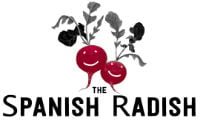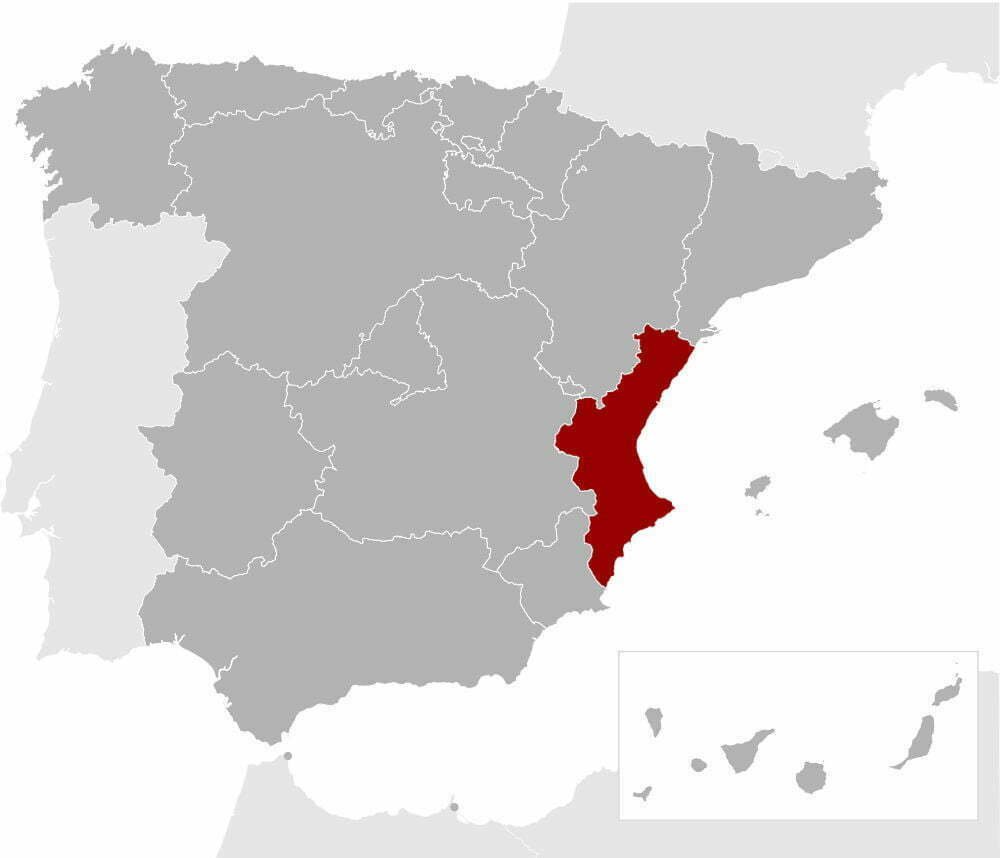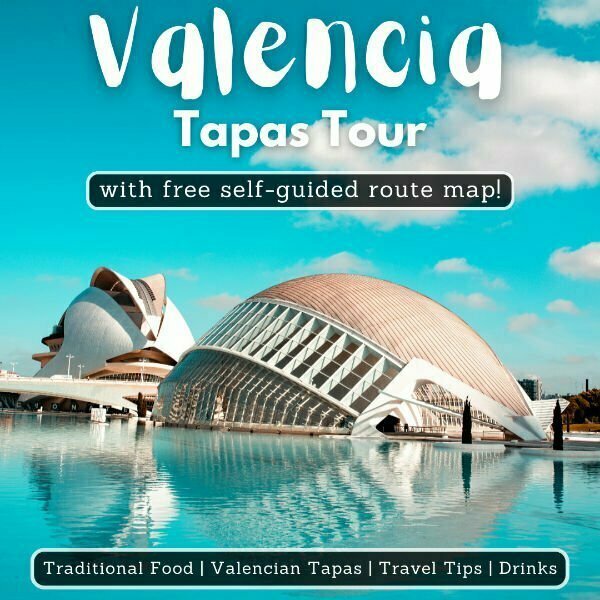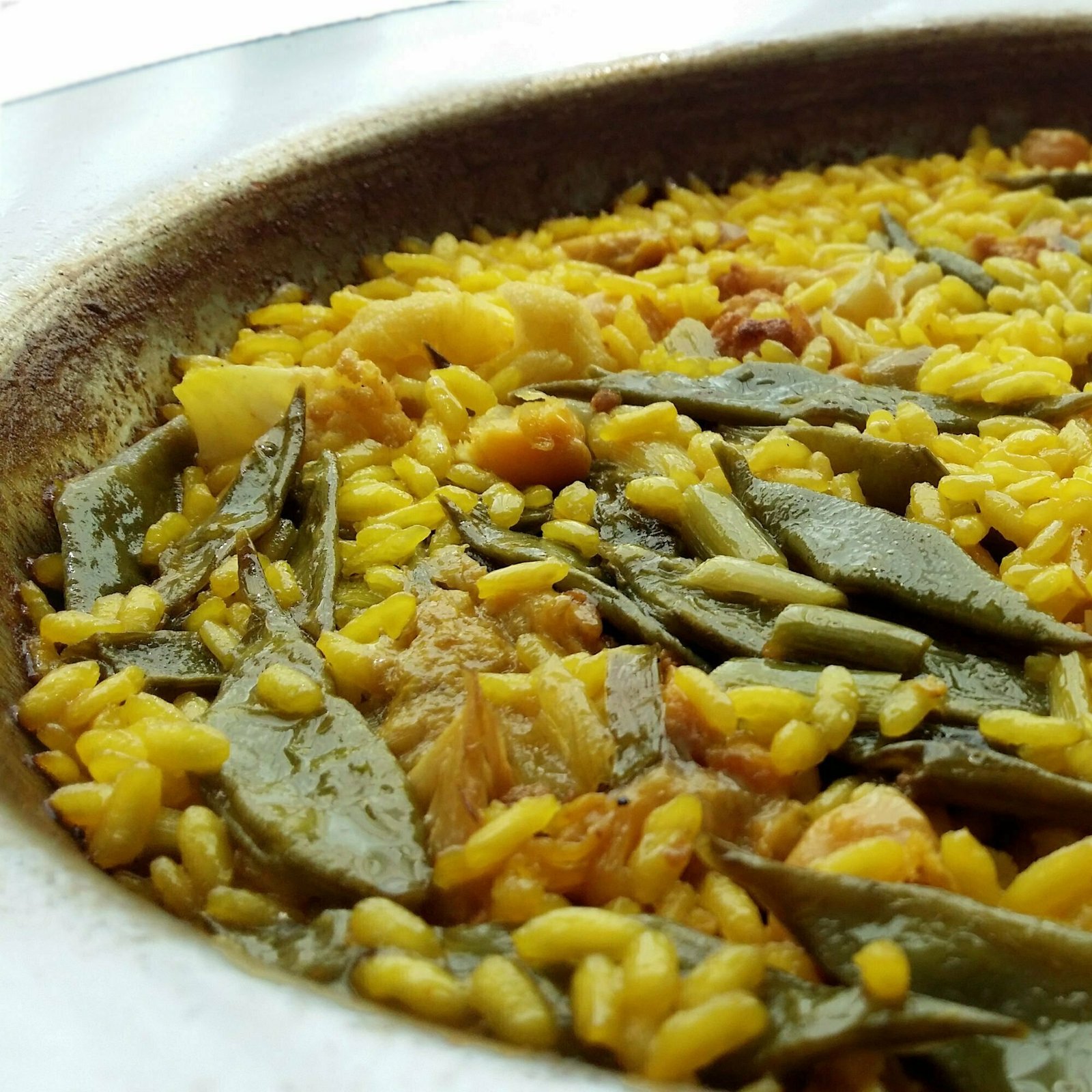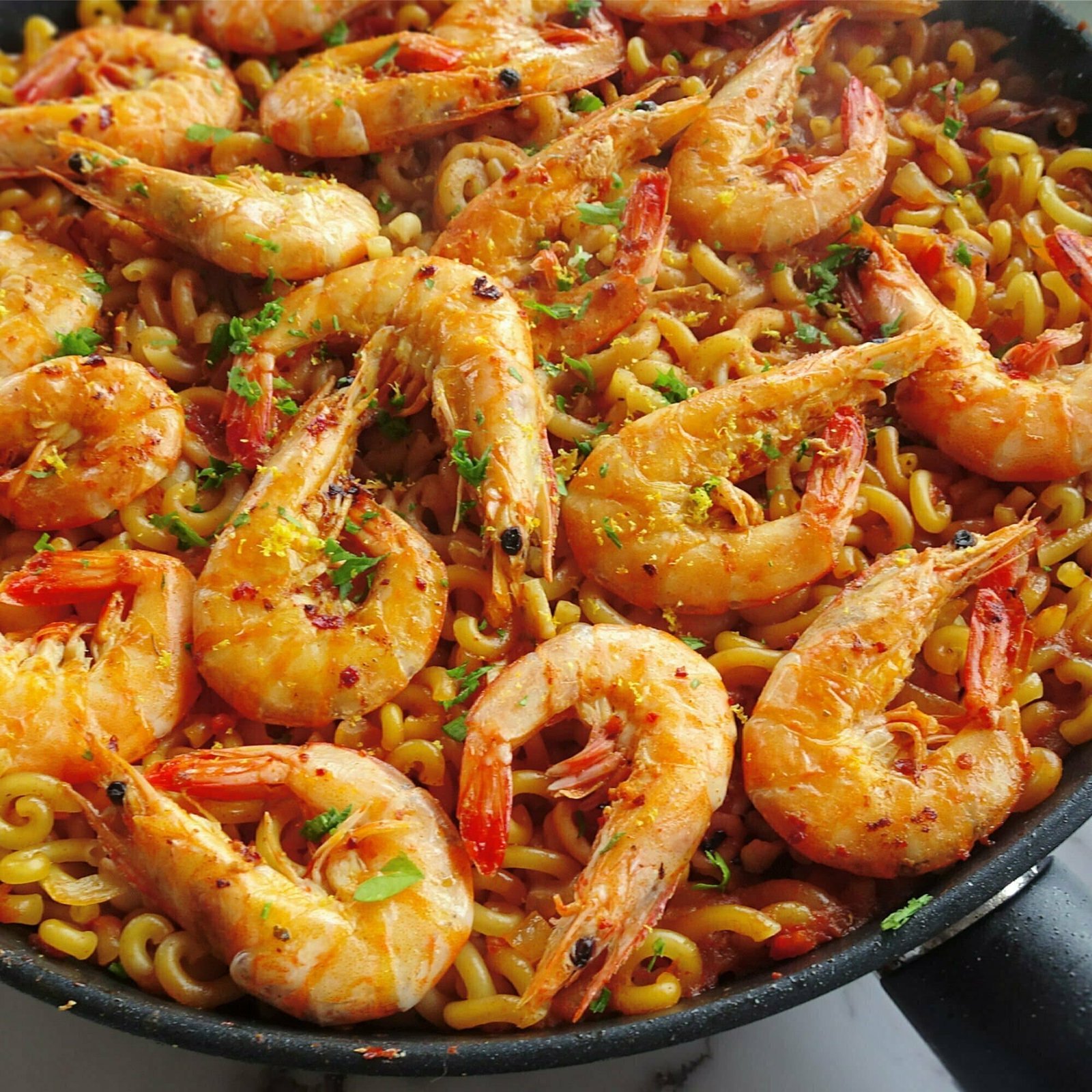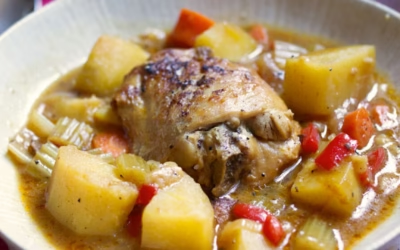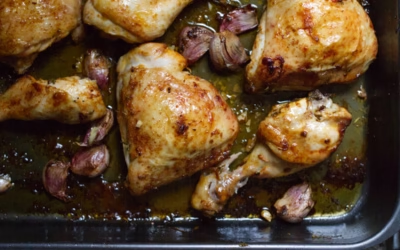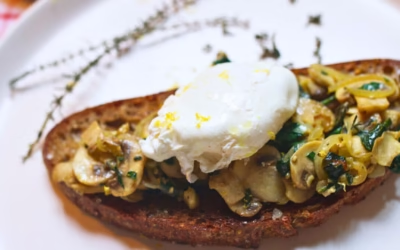Valencia Regional Guide
Comunidad Valenciana

The Valencian region is considered the pearl of the Mediterranean for cuisine and food culture. Not only are many of Spains most recognized foods from the Valencian region, many cities along the Mediterranean coast offer exceptional quality food with hundreds of independent family-owned restaurants that still cook dishes traditionally. Explore the diverse array of recipes, produce, and foodie culture with our Valencia Regional Guide!
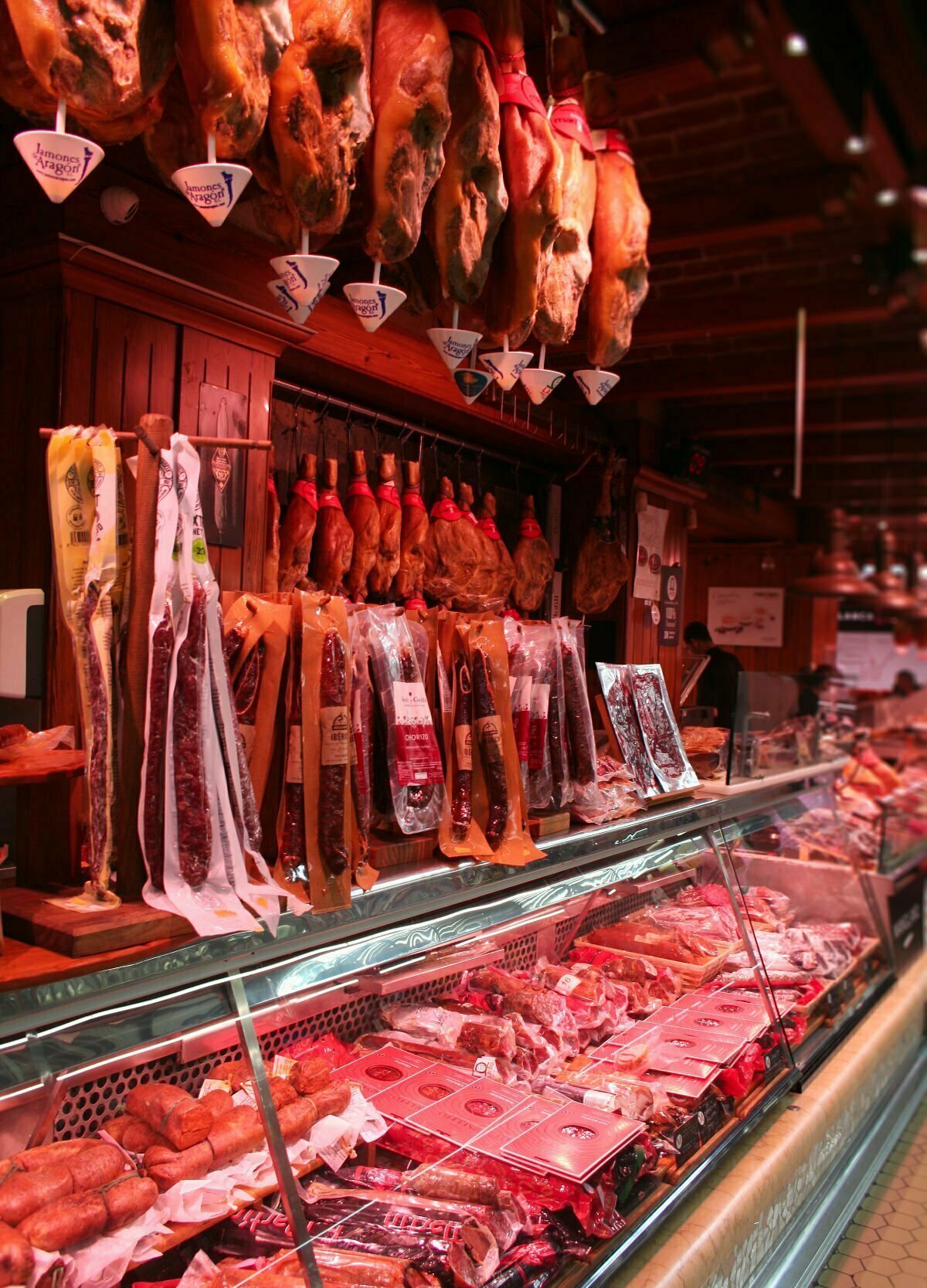
5 Most famous dishes
Valencia regional guide
1. Paella Valenciana – Famous the world over, the dish uses rice and. iscokked in a traditional paella dish (Paella translates. to ‘pan’ in Valenciano). Paella Valenciano is made with a combination of rabbit, chicken, pork, and a selection of seafood.
2. Fideuà de marisco – A must try in Valencian region, Fideua is a small macaroni -like pasta dish that topped with seafood.
3. All i pebre de anguilas – This traditional dish uses a garlic, paprika and oil sauce to marinade or stew eel, salmon, monkfish, or other white fish.
4. Arròs Caldoso – A classic one pot wonder. Made using fresh seasonal vegetables, Valencian “bomba” rice, serrano ham, chicken, and/or seafood.
5. Arròs Negro – prepared in a large paella dish, this classic recipe uses seafood, fresh fish, or cuttlefish (calamar) plus the black squid ink and sends the ingredients a dark black color.
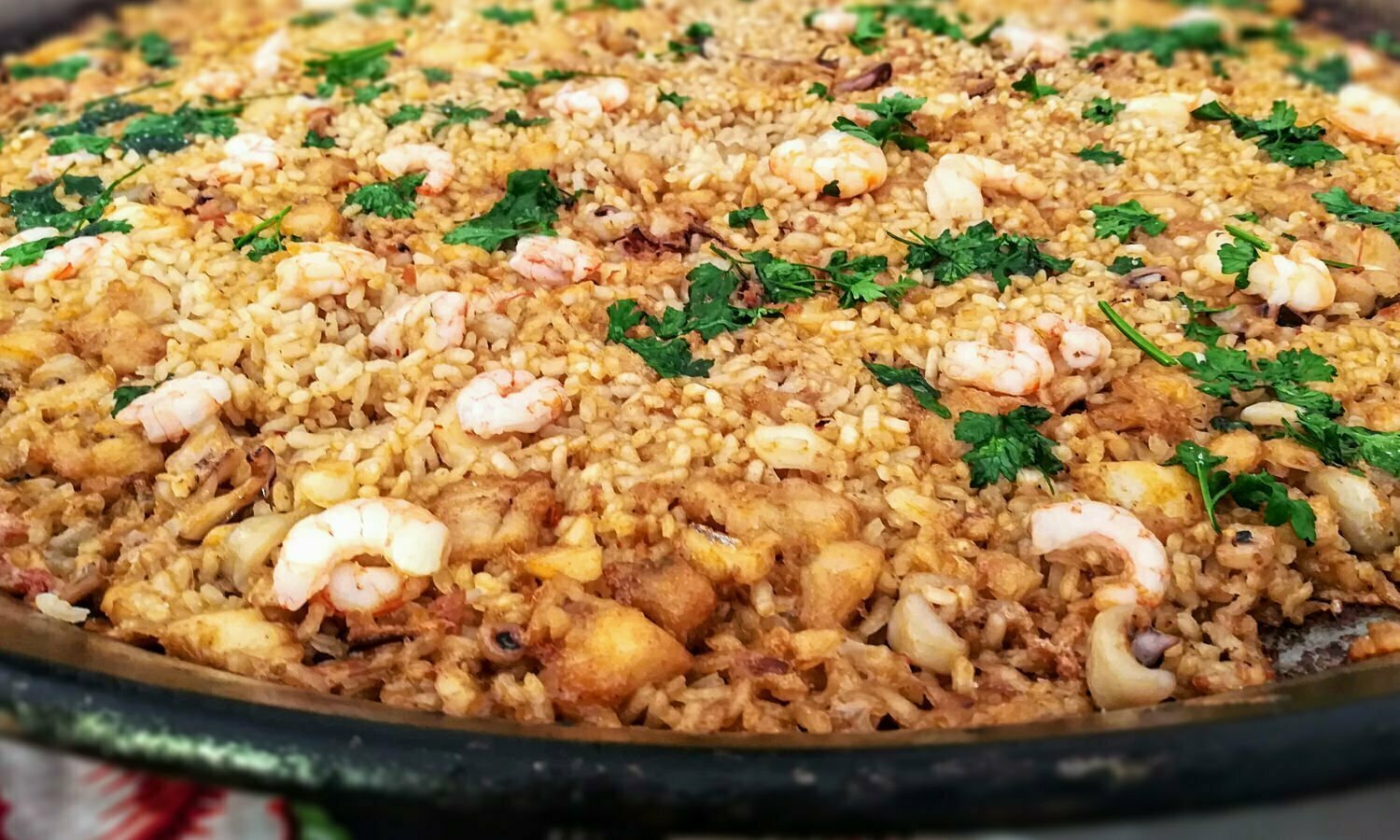
Want 2x free tapas tour routes for Valencia?
Tapas Valencia Walking Tours (Self-Guided, 2x Free Maps)
Explore the riches of Valencian tapas like a local with our free tapas Valencia walking tour, complete with all the info you need to show you the very best tapas dishes, where to find them, and what not to miss!
We’ve done the hard yards and sampled our way through Valencia one mouthful at a time to bring you this comprehensive tapas guide…
Produce of the Valencian region
Spanning from the crystal blue shores of the Mediterranean sea to the rich mountainous zones, the Valencian region is host to a treasure trove of gastronomical delights. It is well-known in Spain as the Kingdom of rice with a focus on locally grown rice dishes such as Paella. However, the region is also highly regarded for premium quality seafood, meat, vegetables, and citrus fruits.
Locals are spoiled for choice with to the quality and freshness of produce available. Agriculture features heavily in the mountainous terrain that skirts the Mediterranean Sea. Of course, such proximity to the sea affords excellent fish and shellfish options too, and ingredients from the sea feature as a staple in the Valencian diet.
Many traditional Valencian dishes also feature a combination of fresh shellfish, meat, seafood, and vegetables.
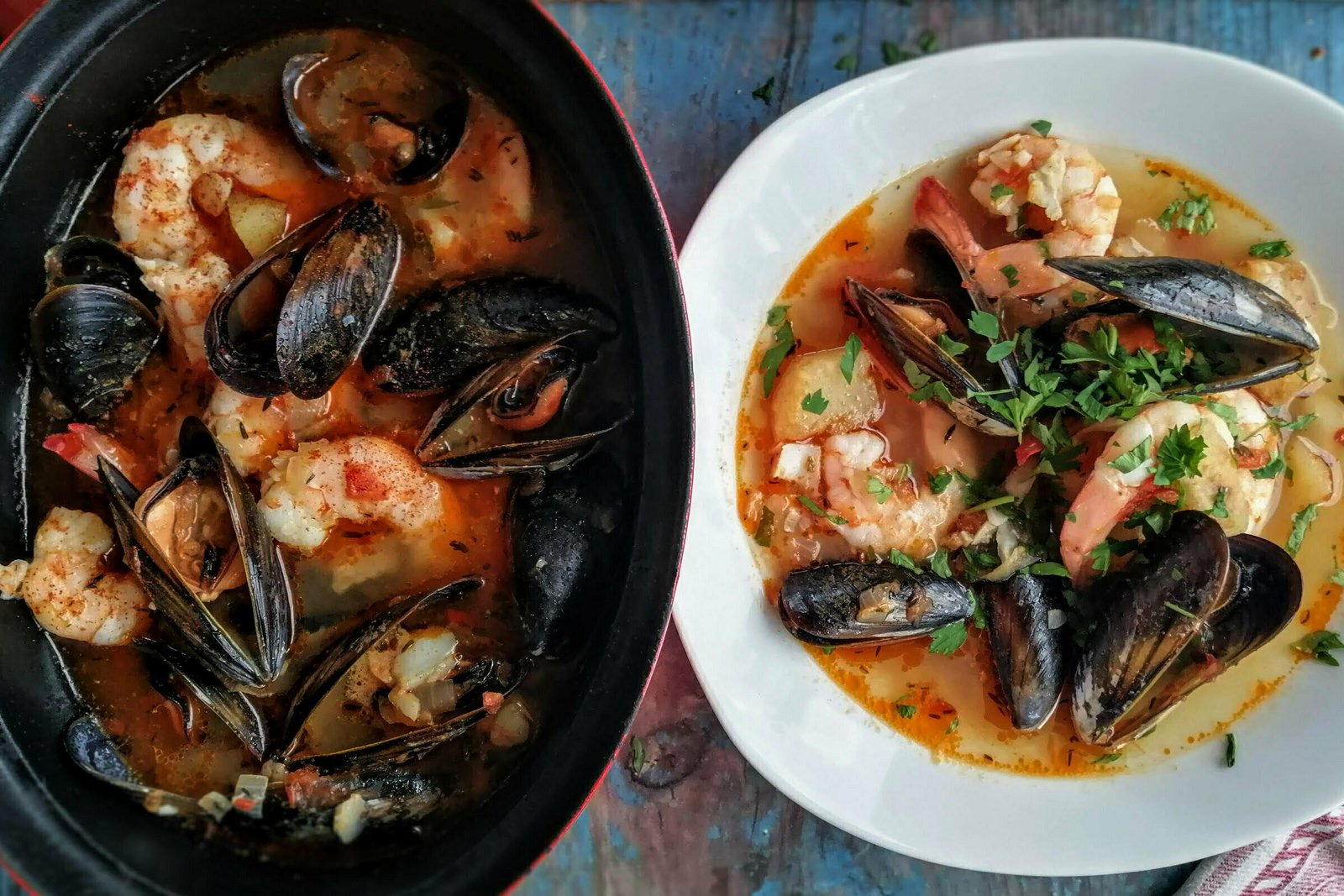
Seafood
While a lot of the seafood you’ll eat in Spain is likely from the Galician region, the Valencian region also has a thriving seafood industry. The region’s capital, Valencia, hosts a vast amount of world-class seafood restaurants where customers are fed with fish caught fresh daily from the Mediterranean. Venture further south along the sea and you’ll discover many other quaint port cities dotted along the Mediterranean coast, all with specialty dishes of their own.
Fish
With so many active ports and pristine beaches, there’s no shortage of fresh fish being caught throughout the seasons in the Valencian region. Small ports such as Dénia, Gandia, and Castellón de la Plana are all abuzz with fishing boats catching mackerel, anchovies, monkfish, sea bass, and snapper.
Fish dishes feature extensively on the typical Valencian dinner table, and locally caught cuttlefish is used in everything from the classic seafood paella, arros negro (a black ink rice “paella”), the delicious Seafood Fideuà, to hearty seafood stews.

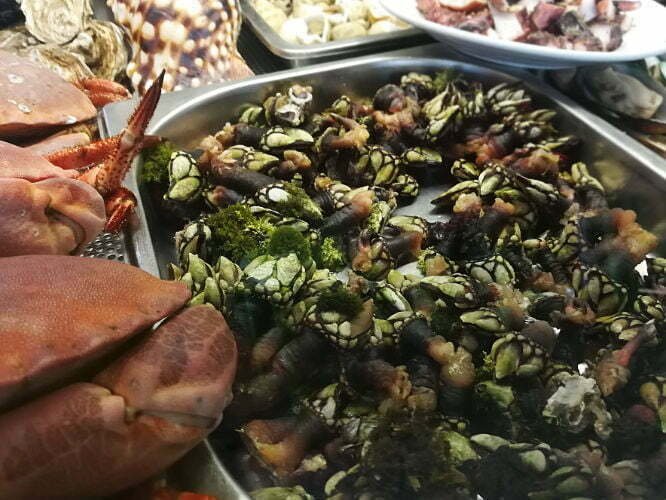
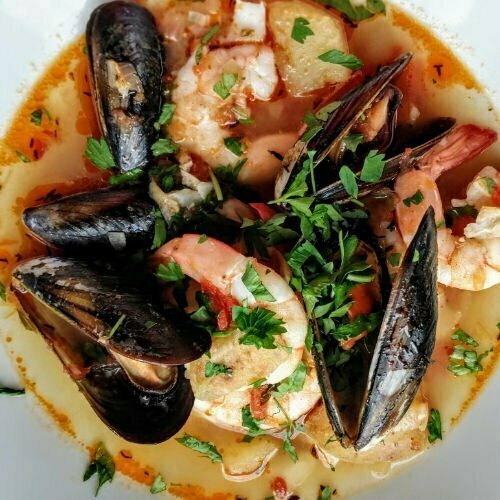
Shellfish and sea urchins
The Valencian region also harbors some of Spains most exciting shellfish dishes. One such dish is the rpized sea urchins, that is famously caught and served in many of the restaurants and tapas bars in the UNESCO listed city of gastronomy, Dénia. Mediterranean Scallops, oysters, and mussels also feature in many dishes from the region.
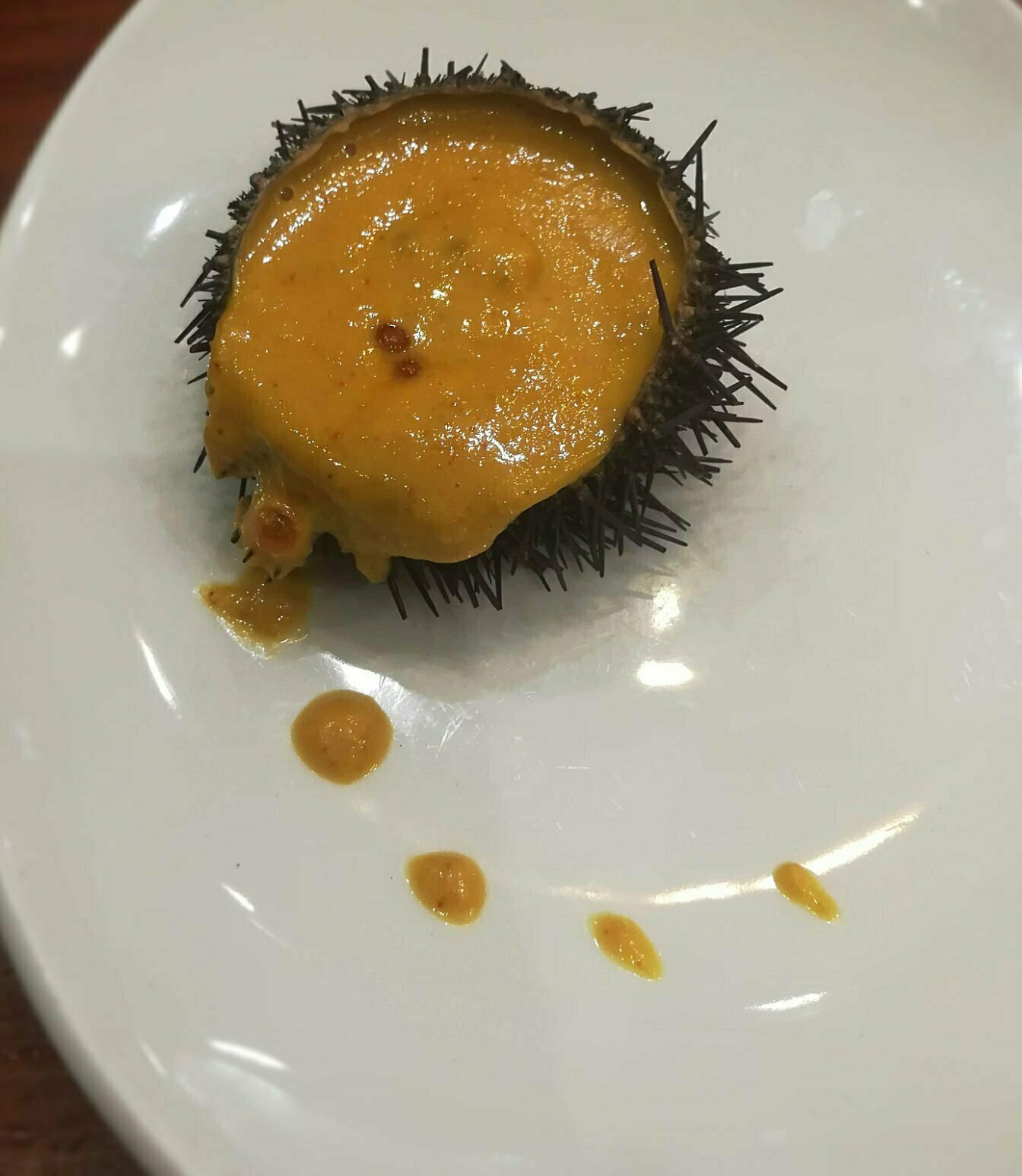
Valencian Fresh Produce
Of course, a trip to the Valencian region isn’t complete without sampling one or more of the traditional dishes that using the top export of the region, Valencian oranges. The Valencian region is dotted with orange groves that bloom a few times each year leaving a delicate orange blossom scent to wash over the region.
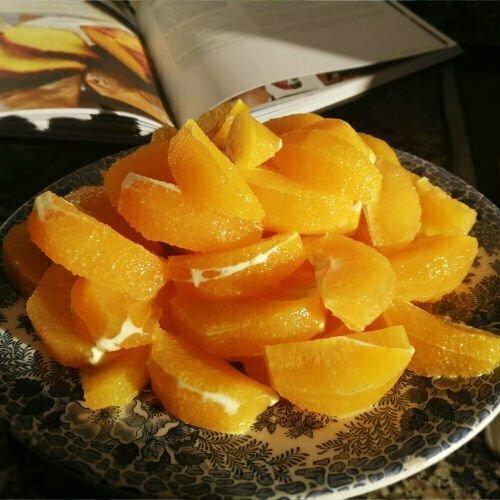
Valencian Oranges
The Valencian region is proudly the orange growing capital of Spain, making it by region the worlds largest exporter of oranges. Valencian orange exports over 1.5 million tonnes of it’s famed fruit each year. Coming in a close second is mandarin exports which reach around 1 million tonnes annually.
Famous dessert recipes such as lemon or orange Bizcocho are also a popular afternoon snack throughout the Valencian region. For a delicious main recipe, you can’t go past Spanish style duck with orange sauce (Duck a l’Orange) which demands no other than the best oranges in the world, of course the Valencian orange.


Almonds and Vineyards
Besides a thriving citrus fruit industry, the Valencian region also produces almonds and Spain is the second largest exporter of almonds in the world (USA is number 1). Almonds are used in a variety of tradtional dishes, from sauces for appetizers, main meals and stews, to desserts and even for beverages.
Between the snaked rows of orange trees that line the foothills of the region, you’ll also find grape vines growing throughout many parts of the Valencian region, especially along the inner areas surrounding Valencia (D.O.) and Utiel-Requena (D.O.).
Vineyards and Wine Production in Valencia
A lesser-known fact is that the rich soil is also ideal for making wine, with wine production from the Valencian region gaining worldwide recognition in recent years. The main wine-growing regions include Alicante, Utiel-Requena and Valencia.
In Utiel-Requena, sparkling wine is made under the cava denomination. Meanwhile, muscat (known as “moscatell” also called “mistela“) is produced in the Marina Alta (near Denia) under Alicante DO and also in Turís, Cheste, Godelleta and surroundings, under the Valencia DO.
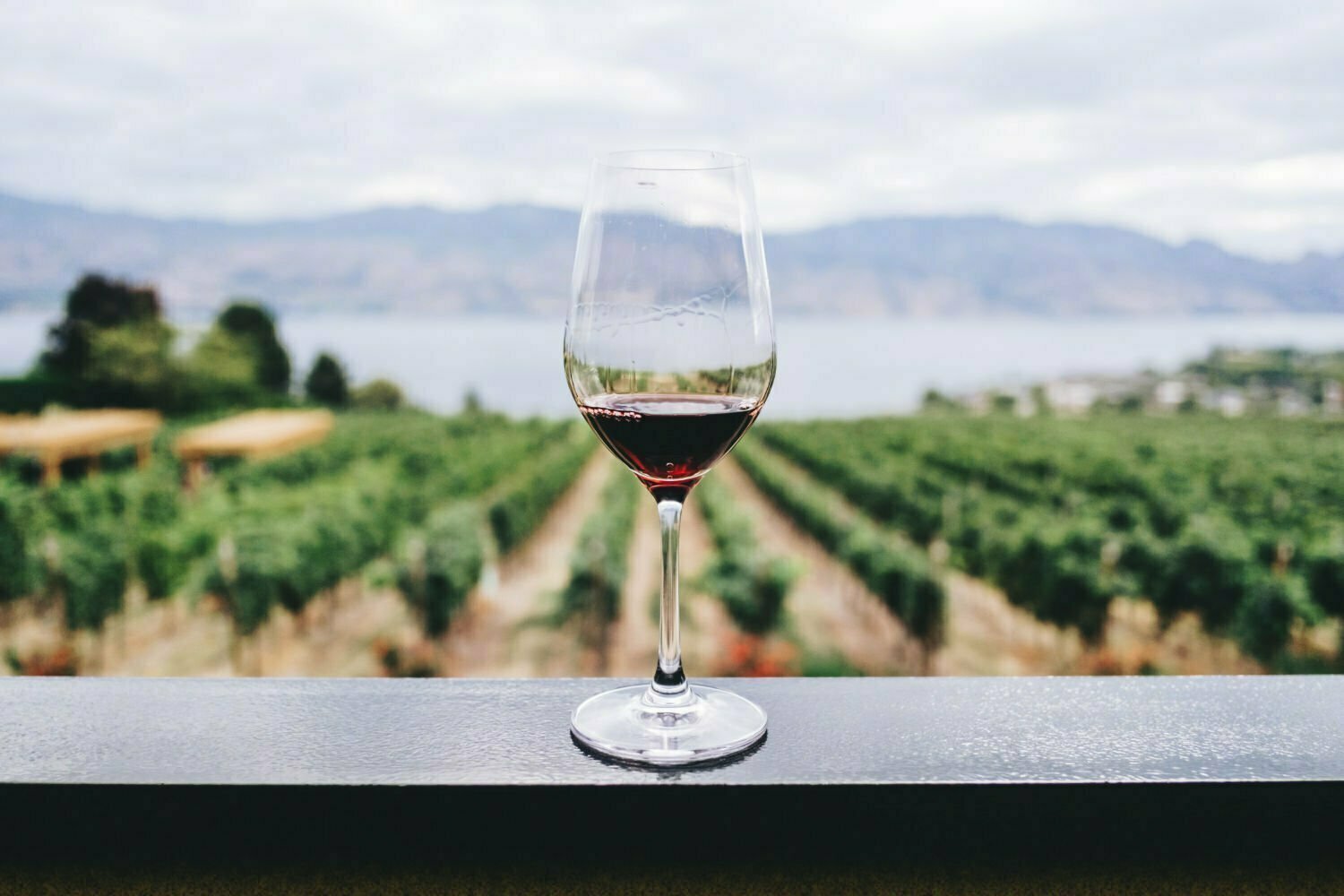
Drinks: Valencia regional guide
The Valencian region has (DO) denominaciones de origen include Valencia, Alicante, Utiel-Requena, and even some cava. The chapter on wines has two parts: the Jumilla wines, which belong to the strongest in the country.
Then there are also peerless rosés and light reds, which are, together with those from Cigales in Valladolid, the best in the country.
Another highly regarded wine-growing region of Valencia is Utiel and Requena, with its rich soil making some excellent reds and light reds where the harvest season is celebrated every year and a fountain is set up from which wine flows free of charge during certain festivals and special occasions.
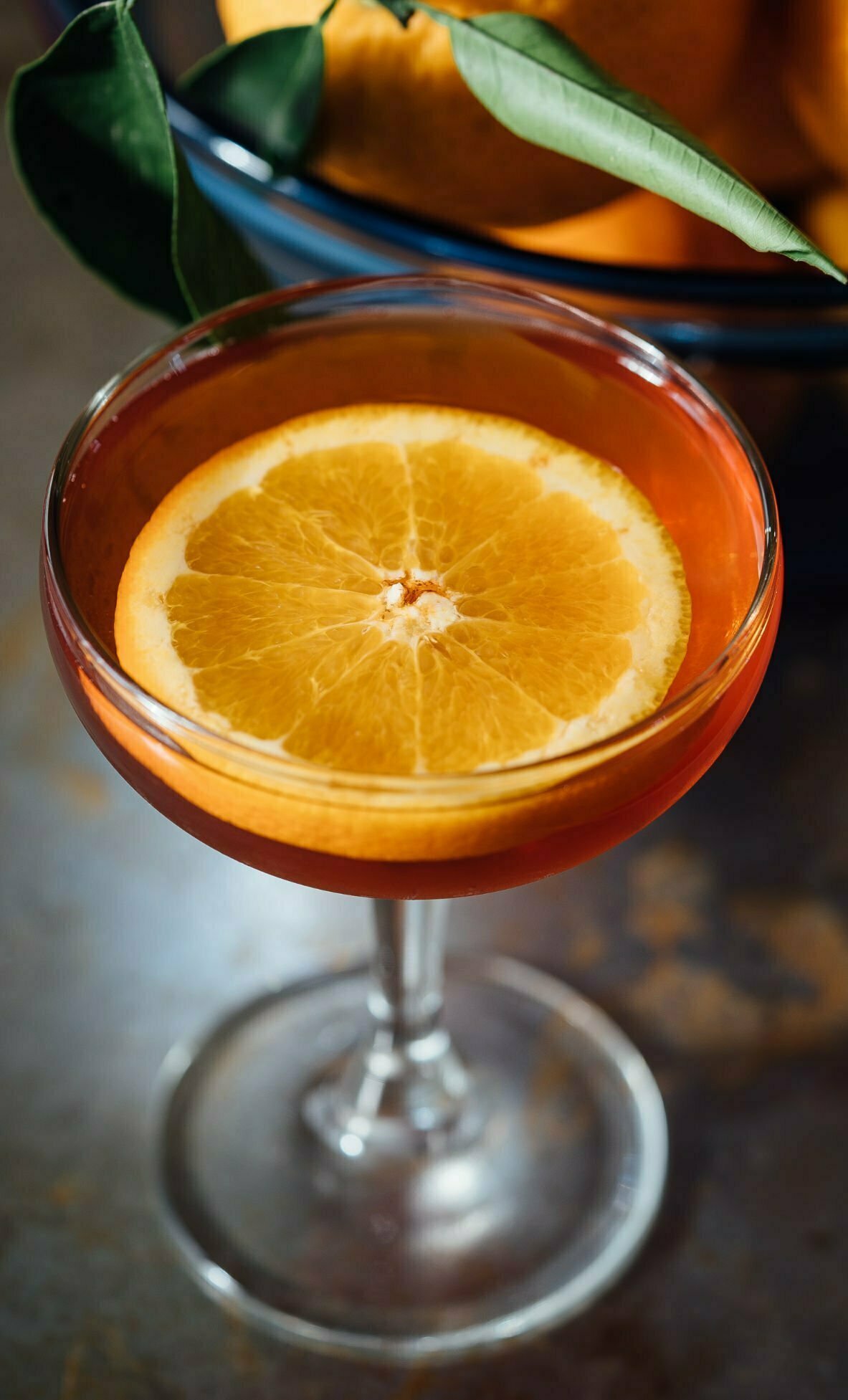
Popular dishes from the Valencia region;
- Paella Valenciana
- Fideuà de marisco
- Fideuà with Morcilla
- All i pebre (with eels)
- Paella Huertana (orchard paella with snails)
- Arros Caldoso
- Arròs a banda
- Arròs amb costra
- Arroz al horno
- Esgarraet
- Clóchinas
- Bullit (stew)
- Coques (Cocas)
- Sobrassada
- el pato a la naranja
- Erizos al natural (Sea Urchins from Denia)
- Lubina a la sal
- Rap amb all i pebre (Angler fish with garlic and pepper)
- Cazuela de berenjenas con garbanzos

Traditional Valencian Recipes
Easy to follow, Step-by-Step Guides

Favorite Desserts from the Valencian region
- Coca De Llanda
- Fartons
- Flan Valenciano
- Horchata and Bunyols
- Pastissets De Moniato
- Arnadí
- Turrón
- Flan de calabaza
- Flan de café y naranja (Coffee crème caramel and orange)
- Tarta de calabaza y chocolate (Chocolate Pumpkin Pie)
- Buñuelos de calabaza (Pumpkin fritters)
- Arrop i talladetes (Concentrated grape juice and sliced pumpkin
- Coca María (Sponge cake)

The Mediterranean Diet –
It’s no secret that the Mediterranean diet is healthy. It has been proven in numerous studies from all corners of the world, it aids weight loss, reduces the risk of heart disease and type 2 diabetes, as well as a growing list of other health benefits.
Find out what’s most exciting about the diet and create some incredibly tasty and simple Spanish recipes.

Valencian Climate
Climatically, the area is rather hot and has low rainfall throughout the year. The Valencian region averages around 300 days of sunshine per year. This heat is subdued by a regular sea breeze along the coast that drives cooler air up into the higher elevations in the west and arid central plains heading towards the Capital.
Though the entire region is classified as Mediterranean in climate, the western reaches of the comunidad are more continental climatically. They often have less humidity and more defined seasons and rainfall balanced throughout each month. The soils throughout the Valencian region are diverse because of its varied geography, and typically the region is characterized by varying combinations of sand, limestone, and clay. This soil composition and regular rainfall provide fertile farming land ideal for a range of crops, from vineyards to hardy vegetables.
Looking to explore other regions of Spain?
Check out our regional guides section where we regularly update our guides with the best cuisine, recipe ideas, and information.
Our Blog
Spanish Chicken Stew
Spanish Chicken Stew (Pollo Guisado) Spanish Chicken Stew, known as Pollo Guisado in Spanish, is the ultimate one-pot comfort food that's ready in under an hour. Tender juicy chicken thighs cooked till the meat literally falls...
Spanish Garlic Chicken – Pollo al Ajillo
Spanish Garlic Chicken (Pollo al Ajillo) Our Spanish garlic chicken recipe is an adaption of a classic Spanish recipe, loosely known as Pollo al Ajilo. It is a delightfully simple recipe, ideal for a busy weeknight dinner, and...
Poached Eggs with Spinach & Mushrooms on Toast – Healthy Breakfast Ideas
Poached Eggs with Spinach & Mushrooms on Toast - Healthy Breakfast Ideas Poached Eggs with Spinach & Mushrooms on Toast is an easy to make breakfast idea from the Mediterranean. It’s healthy, loaded with fiber, and will...
